Duncan Fife Furniture ( 1795-1848 )
Duncan Phyfe Furniture (1795 - 1848)
In 1783, Duncan Fife, who was born into a family of Scottish craftsmen, immigrated to the United States at the age of 16. He first worked as a cabinetmaker in Alberni, New York, and later moved to New York, where he specialized in making furniture for the wealthy. During the Federal period, Fife's early works were greatly influenced by Herb White and Sheraton furniture. In the early 19th century, French Empire style furniture was introduced to the United States, which brought new creative inspiration to Fife.
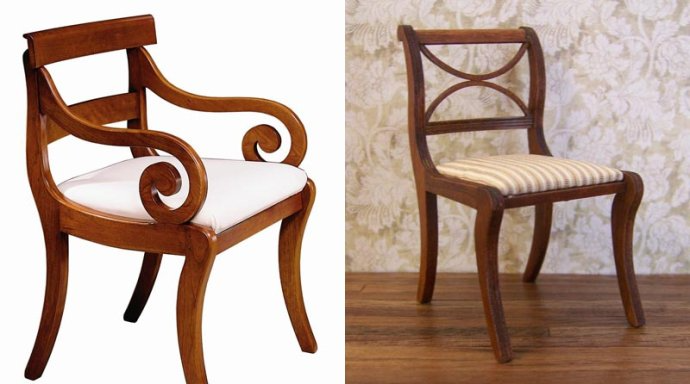
法伊夫是一位杰出的家具木匠,他吸收了谢拉顿家具所有悠闲的特点,他对于优美曲线的如意控制,以及对于装饰价值的深刻理解,都在他的家具上完美地呈现出来。法伊夫对于家具木材质量的挑剔眼光使得他的家具具有显著的特质,仅在少量的桌子上偶尔出现一点瑕疵。
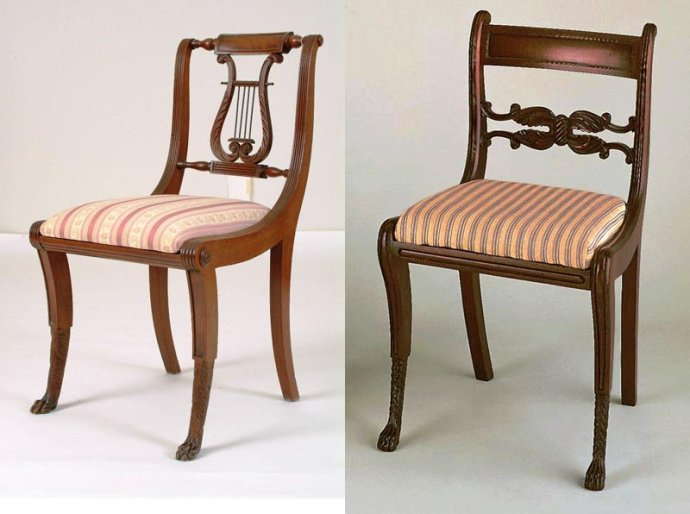
The Fife chair has distinct features: a cross-bar back, a straight horizontal bar, either grooved or carved, a lyre-shaped center back, a horseshoe-shaped cushion, legs decorated with acanthus leaves, and feet usually with animal claws.
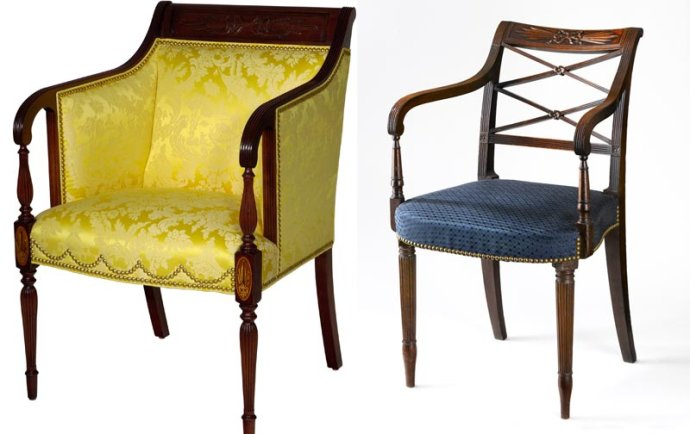
Fife made a large number of tables, many on pedestals and with flaps, and a few on tables with tables for delivery. Sometimes the pedestal was made directly from lyre-shaped legs, sometimes from four slender legs with both carving and grooves, or from jug-shaped legs supporting the table top.
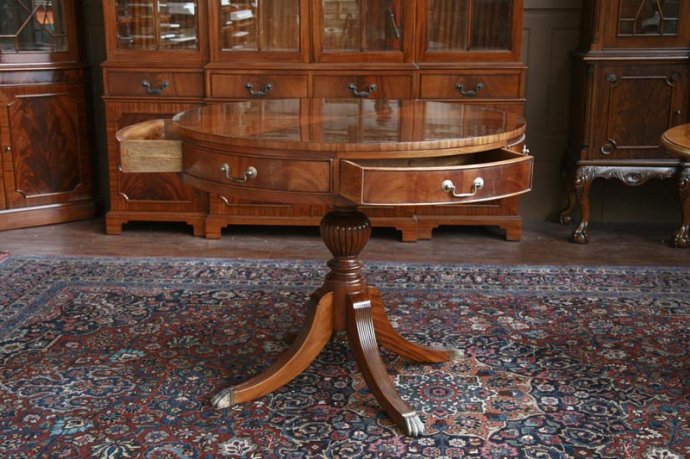
Fife's growth process is the focus of relevant professional research. The Metropolitan Museum of Art in New York describes Fife's commercial success as follows: Before 1800, Fife lived at 35 Pattysing Street, not far from Broadway. As his business developed, Fife purchased properties several times nearby. Finally, Fife got a house connecting his workshop and residence, which led to the change of the street and the renumbering of the house number. Fife's original residence became a warehouse. Fife witnessed the changes of New York here, and lived and worked here until he retired in 1847 and died in 1854.
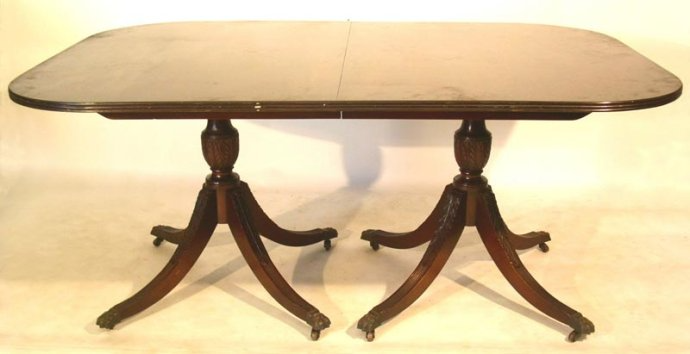
The golden age of Fife furniture was between 1790 and 1825, showing a typical change process of how an outstanding cabinetmaker began to follow the style of Herb White furniture and later succumbed to the public's appreciation and aesthetic taste. However, Fife, with his outstanding talent and outstanding ability, was not easily defeated by the French Empire wave like Sheraton.
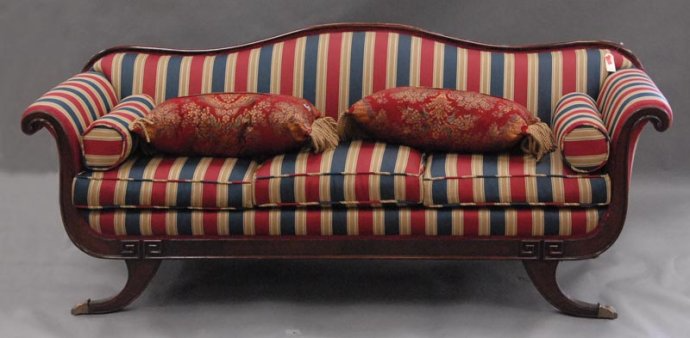
The heavy solid lines of French Empire style furniture were once popular, and Fife furniture followed this trend, restrained and simplified decoration, and wrapped the hard body with shiny brass. All the creative wisdom and design quality were lost in the tide of the Empire, which was called "butcher".
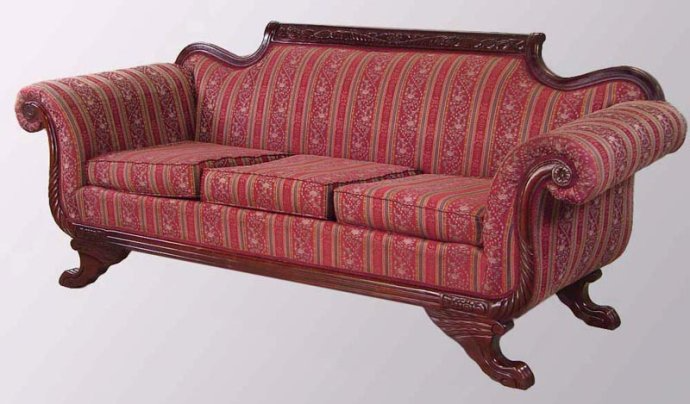
In the last two decades of the 19th century, fashions spread through cities in Britain and America, often in the ebb and flow of popular taste. Artisans could not appreciate their extraordinary talents unless they could convince potential customers that their designs would also become fashionable. Since Sheraton in England and Fife in America, we have rarely found outstanding talents in this field. Interior decoration has become an unimaginative conformity, like any commercial practice that relies on survival, and Fife at least struggled with this for a while.
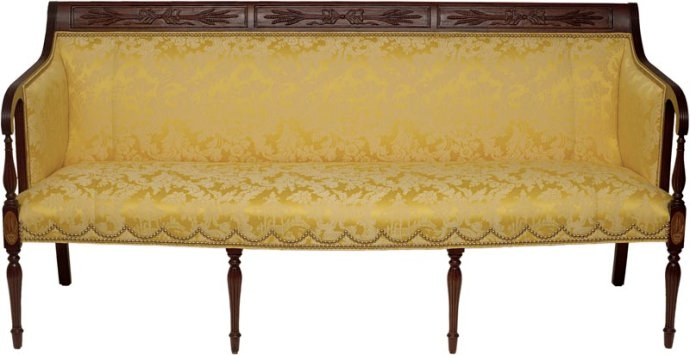
The basic characteristics of Duncan Fife furniture are summarized as follows:
1. Overall appearance – elegant and refined;
2. Chair armrests – the armrests are connected to the columns at an angle;
3. Chair back material - upholstered or solid wood;
4. Back shape – crossbar (X-shaped back), scroll (curved X-shaped back), horizontal bar (flat single vertical back), lyre-shaped center back;
5. Chair leg shape – official chair legs (X-shaped curved legs), oblique legs (concave legs), straight legs, inverted tapered legs;
6. Seat cushion material – rattan or soft cushion;
7. Seat cushion shape – the front edge is rounded or curled horseshoe-shaped;
8. Drawer handles – brass one-piece handles with oval stamped backs, mushroom-shaped brass or glass handles, brass rings with lion mouths, and horizontal bar handles without backs;
9. Common fabrics - damask, satin, viscose, needlepoint, silk;
10. Surface treatment – oil-based varnish;
11. Foot shape – extended legs, animal claws (some with brass foot covers), ball feet;
12. Hardware materials - brass and glass;
13. Connection method - dovetail joint;
14. Decorative lines – elegant curves and straight lines;
15. Decorative motifs - acanthus leaves, arrows, circles, draperies, lyres and feathers;
16. Decorative techniques - carving, grooving, embossing, gilding, inlaying;
17. Common woods – black walnut, cherry, fruit trees, maple, rosewood and basswood.







